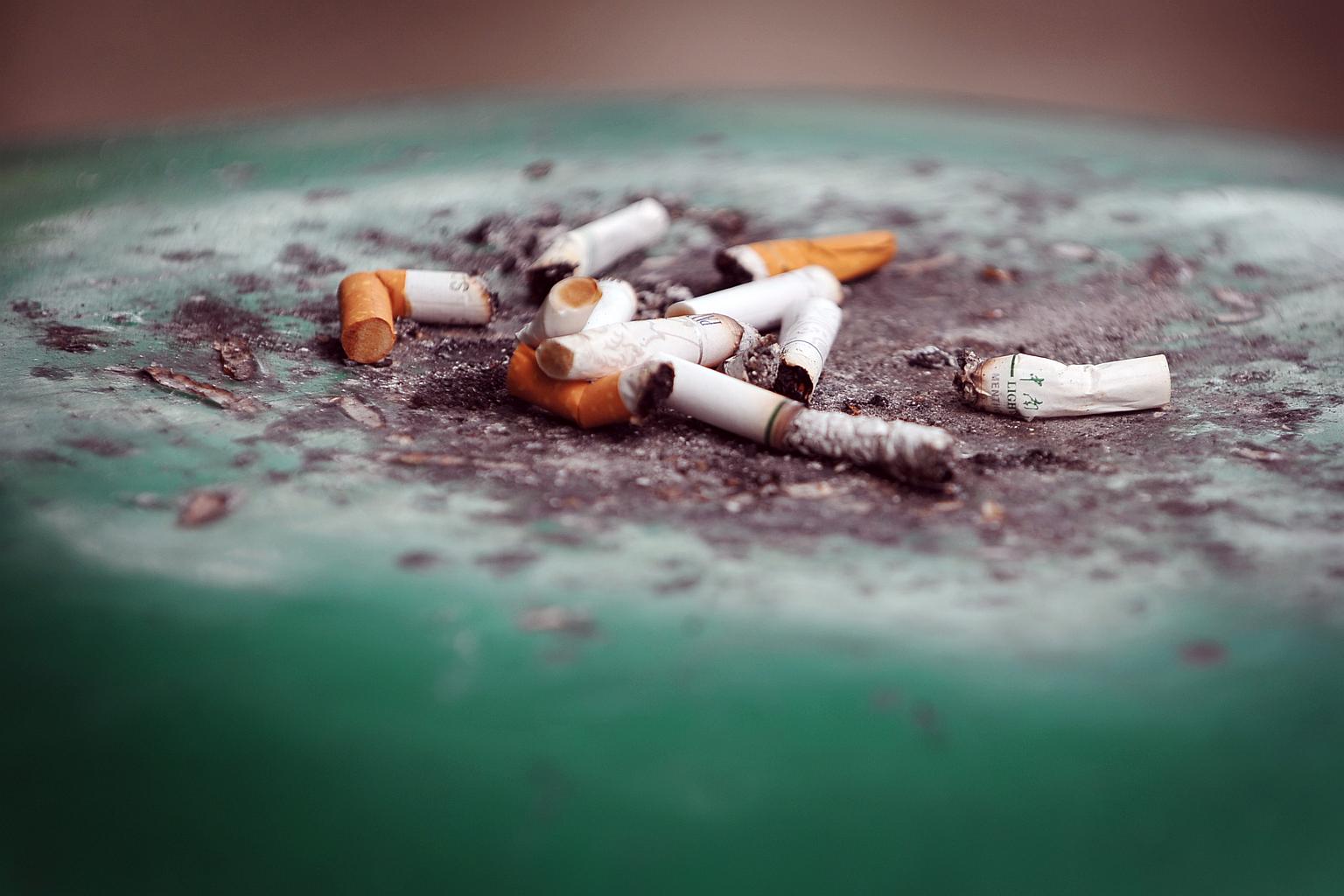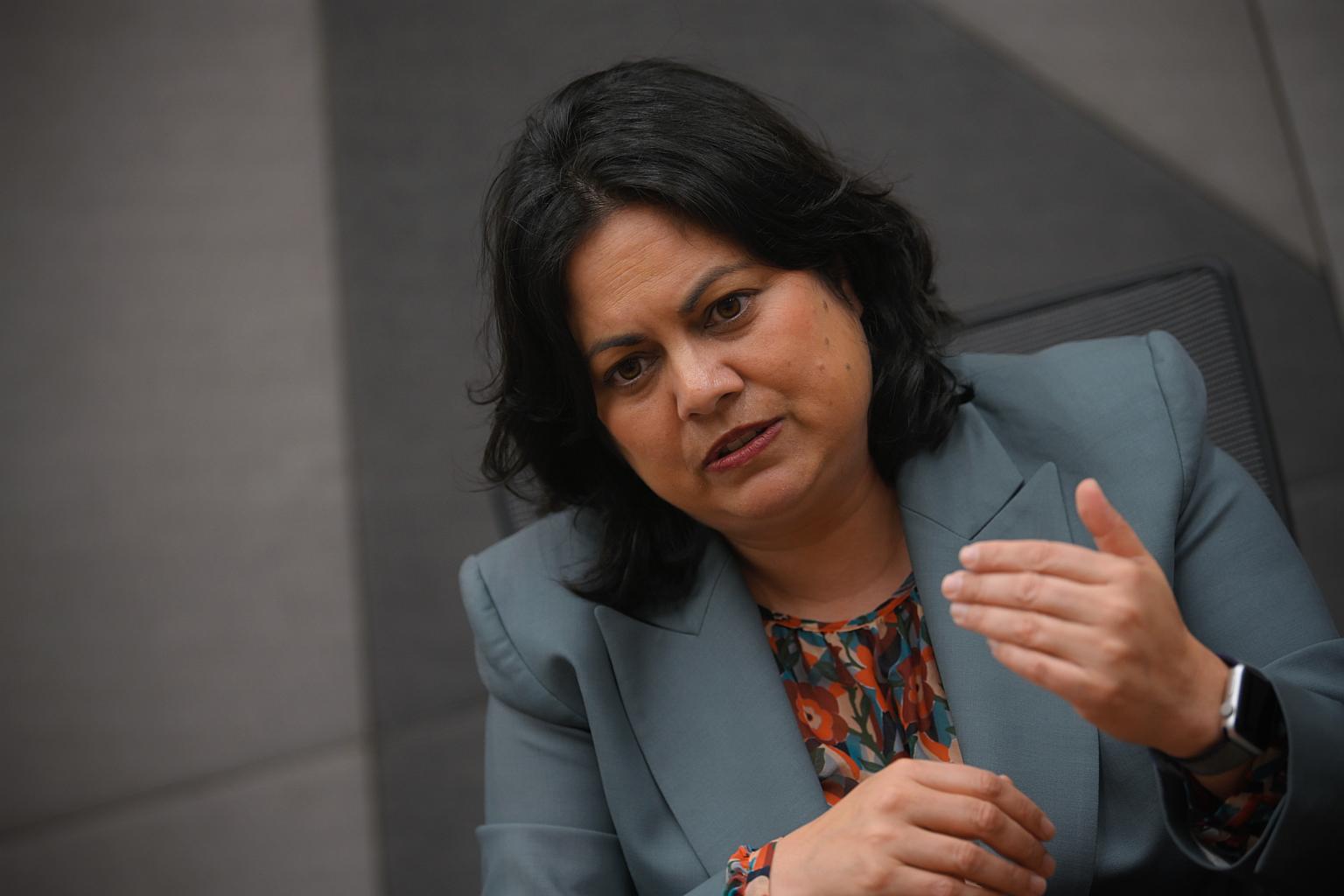Getting people to quit smoking involves not just tough laws but also community: NZ minister
Sign up now: Get ST's newsletters delivered to your inbox

New Zealand aims to be smoke-free by 2025.
ST PHOTO: ALPHONSUS CHERN
Follow topic:
SINGAPORE - Getting hardcore smokers in New Zealand to quit smoking involves not just tough legislation and smoking cessation clinics, but also engaging the community to show them the smoke-free future that they can have, said New Zealand Associate Minister of Health Ayesha Verrall.
She was in Singapore for a leadership dialogue on tobacco control at the National University of Singapore's (NUH) Saw Swee Hock School of Public Health on Tuesday.
New Zealand aims to be smoke-free by 2025. It wants to reduce the smoking rate to below 5 per cent by then, from the current 9 per cent.
However, smoking is particularly prevalent in the Maori, Pacific and low-income communities, said Dr Verrall in an interview.
One of New Zealand's anti-smoking efforts involves getting people to take part in a traditional canoeing sport, known as waka-ama.
"People benefit from being outdoors, the exercise, and the connection with their culture through the traditional canoeing, and the stop-smoking messages are given incidental to that," said Dr Verrall.
"People tell me that they feel supported to stop smoking, as opposed to being sent to a room with a nurse to answer a set of questions, where they feel under considerable pressure and find that quite a confronting way to try and quit," she added.
Dr Verrall launched New Zealand's Smokefree 2025 Action Plan in December last year and introduced legislation such that those born on Jan 1, 2009, and after will never be able to legally buy tobacco in the country.
New Zealand also wants to cut the number of retail outlets selling smoked tobacco products and the level of nicotine in cigarettes to very low levels.
The New Zealand government had in the past increased excise taxes on tobacco, and a pack of cigarettes can cost NZ$30 to NZ$40 (S$24 to S$32). In 2007, at least 18 per cent of the country's adults were daily smokers, but the rate today is 9.4 per cent.
"We have made progress, but the very strange thing about that progress is poor people, Maori and Pacific people were less likely to quit with those measures. So that is counter-intuitive, isn't it? Because you would think poor people would have more reason to quit as the cost went up," said Dr Verrall.
"I think it is telling you that for an addictive substance, it is very hard for individuals with little choice and control in their life to be able to make those rational economic decisions."

Among the youth in New Zealand, while the smoking rate has dropped significantly over the years, vaping is reportedly becoming a big problem. Vaping is not covered in the smoke-free plan.
"We think of vaping and tobacco as quite distinct problems," said Dr Verrall, an infectious diseases expert who completed her specialist training in 2012 in Singapore under Professor Dale Fisher, a senior infectious diseases consultant at NUH.
"We have between 10 per cent and 20 per cent of young people using vapes, so I am aware that we need to tighten our regulations, but... we won't ban it," she said.
Singapore takes a very different stand on vaping, having banned the use and sale of e-vaporisers since Feb 1, 2018. To tackle the youth vaping problem here, the Republic adopts a multipronged approach comprising legislation, enforcement, public education and counselling.

